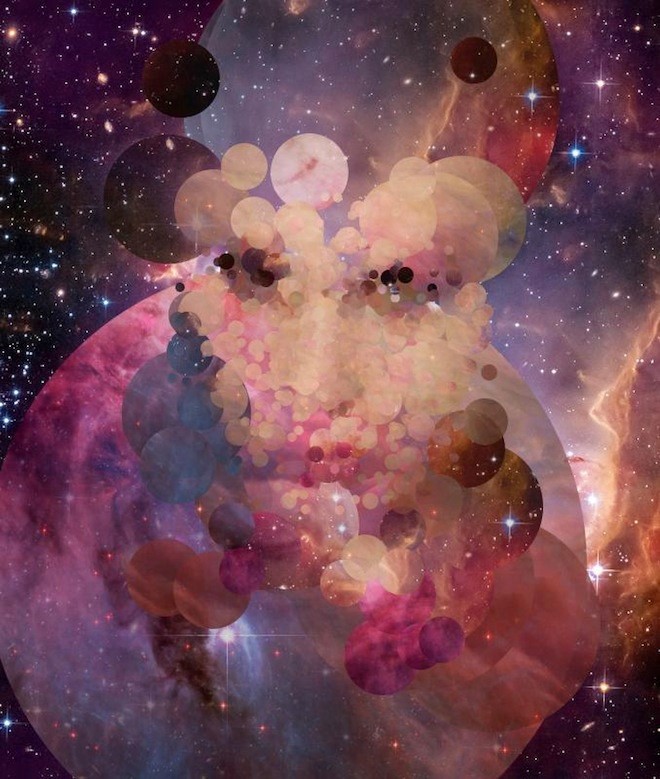

The hot shell of gas then slowly drifts away over time to leave a bright 'white dwarf' core. In fact, like 90 percent of all stars, our Sun will gradually expand as it loses mass, its heat quietly puffing its atmosphere out into a red, giant ball. Stars such as our own Sun don't end their days in a cataclysmic slam of hot, dense gas. "It turns out your average garden variety stars are capable of producing them as well." "The fact that we're finding these isotopes in K4-47 tells us that we don't need strange exotic stars to explain their origin," says Ziurys. This cloud of gas and dust 15,000 light years distant is rich in carbon-bearing molecules, many of which are of the extra neutron variety. With an overabundance of such heavy isotopes dusting the rocks that fall to Earth, scientists have started to consider other explanations for the elements' creation that don't require such rare astrophysical events. "The models invoking only novae and supernovae could never account for the amounts of N-15 and O-17 we observe in meteorite samples," said senior researcher of the study, Lucy Ziurys. But it turns out that there's one niggling problem with this assumption. The kind you'd only find in the violent end of a star as it collapses in on itself in an explosive supernova. It might not seem like much of a difference, but this innocent addition requires an extraordinary amount of grunt.

Carbon 13, oxygen 17, and nitrogen 15, for example, have an extra neutron pushed into their nucleus. To get ever bigger elements to stick together – such as carbon and oxygen – you're going to need some impressive amounts of force, the kind found in the cores of massive stars at least eight solar masses at birth.Įven then, some isotopes of these chunky building blocks are harder to build than others, though. In turn, helium is pushed together into slightly bigger elements, such as lithium. Most of the elements responsible for the complex chemistry behind life and geology are the product of various stellar reactions.Ĭollect enough hydrogen in one place, and gravity will inevitably start to squeeze it into helium. But where exactly? New research has uncovered patches of gas and dust where isotopes of some elements are more common than they should be, challenging what we know about their origins.īased on the makeup of the relatively young planetary nebula K4-47, researchers from the University of Arizona have proposed another method for the creation of atoms once assumed to have rather exotic origins.


 0 kommentar(er)
0 kommentar(er)
